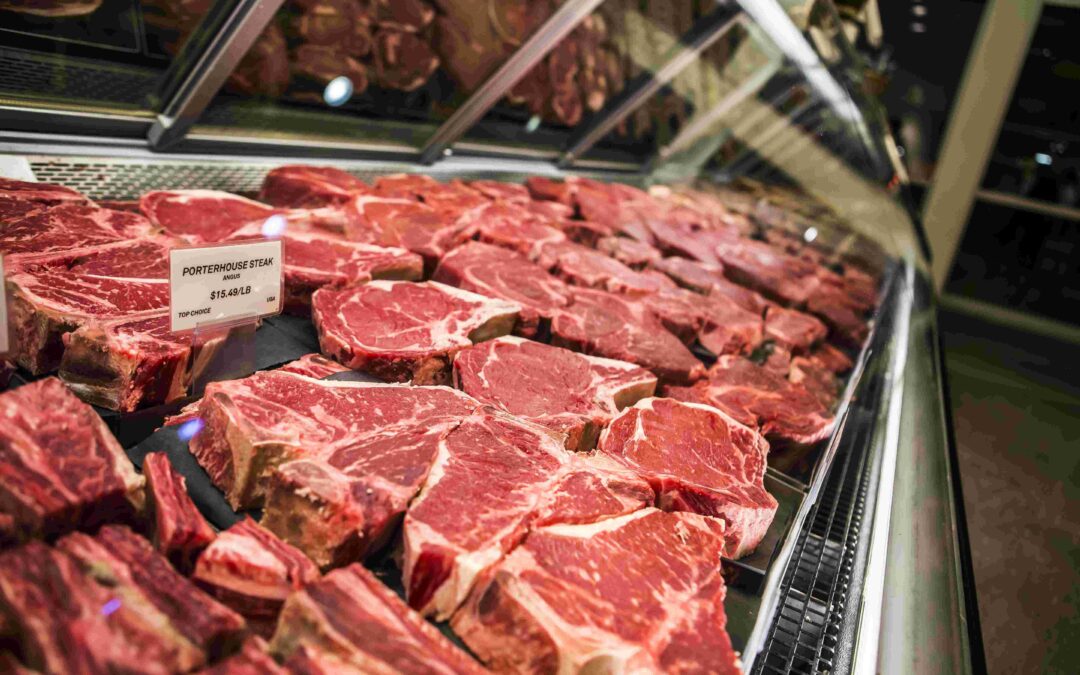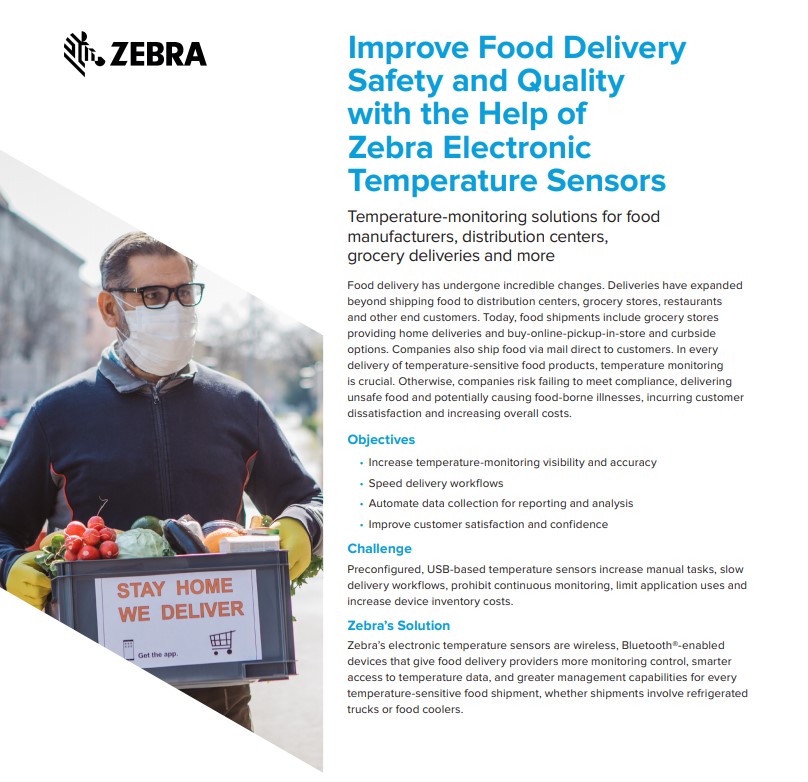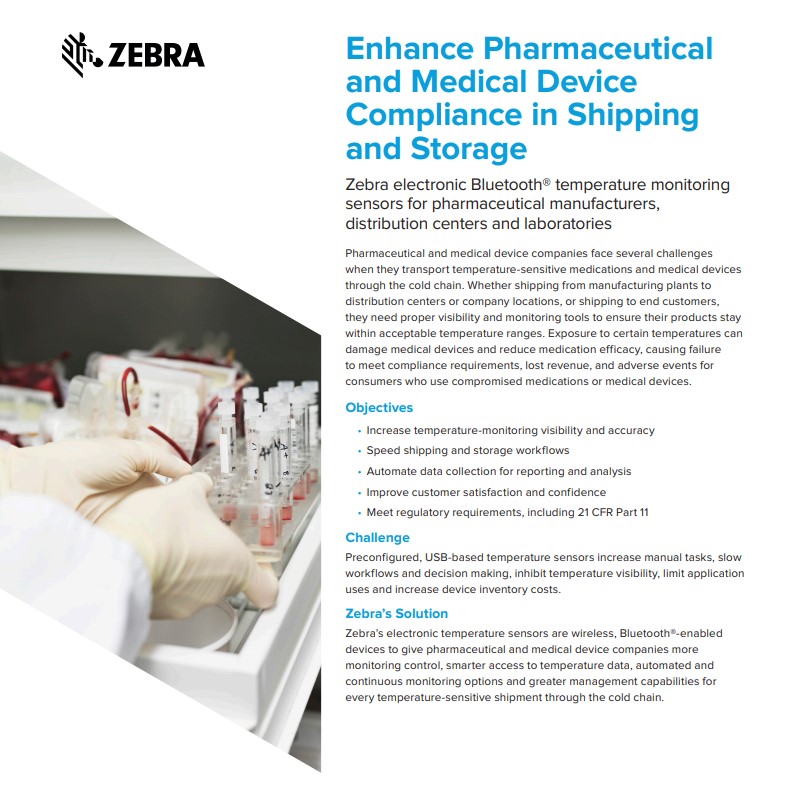Picture this. You’re a leading slaughterhouse in the U.S. You package and sell meat to grocery stores and restaurants around the world. Your customers are relying on you to deliver a delicious product in the safest, most effective manner.
If you fail to live up to those standards, you run the risk of spreading foodborne illness and disease – jeopardizing the health of your customers and employees. This is a heavy responsibility, with a lot of people depending on you.

But it’s not a problem limited to the meat industry, or even the food industry alone. Maybe you run an ambulance company, and your EMS technicians are responsible for monitoring the medications on board. It’s up to your EMS team to ensure the medications are being stored in the proper cold temperature conditions while tending to the immediate emergency associated with the next call.
Cold storage is an issue all throughout the food and pharmaceutical industries, and the supply chain. It’s critical that these products are kept in proper storage conditions to protect the health and safety of both customers and employees.
The Old Way of Doing Things
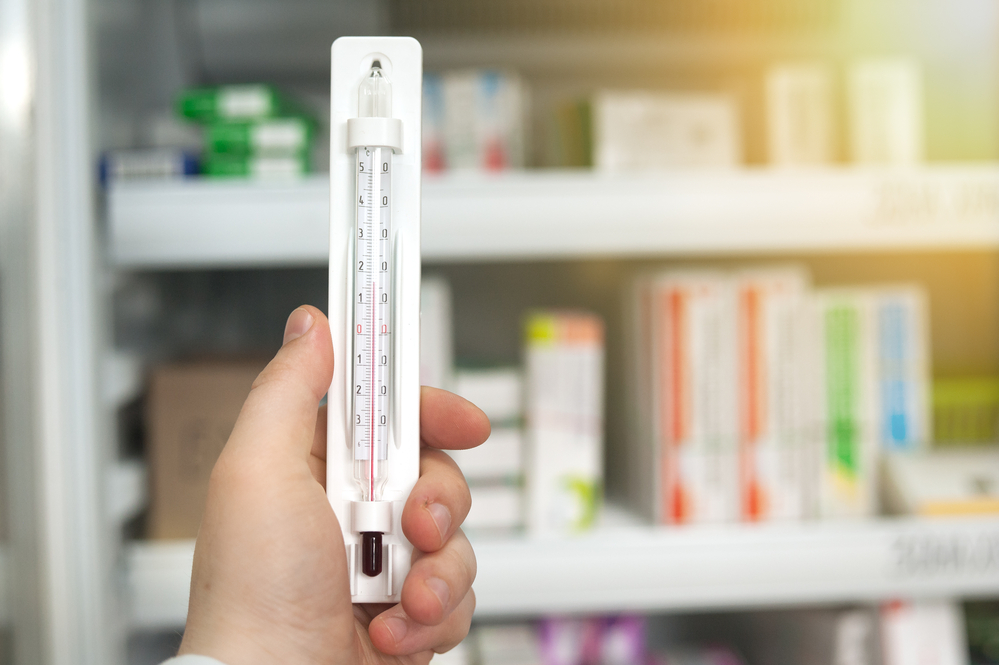
Companies tasked with cold storage traditionally have relied on paper logs and analog equipment to complete the task. But these manual readings are slow and inefficient. They also don’t tell the whole story of what’s happening.
Manual readings with a thermometer do not provide continuous data points over time, which can be problematic. For example, let’s say that your company takes a reading every 12 hours. If you lost power at hour six and regained it at hour seven, the unit will have returned to proper temperatures and you might never know about this issue.
Eventually, the technology emerged to monitor cold storage products with a USB-based sensor, but this is not without its limitations as well. For one, drivers frequently don’t have computers in their trucks, so the ability to monitor cold storage in transit situations is limited.
Sensors must be plugged into a computer in an office setting to view data. By the time this is done, the readings are dated, and the product may have been exposed to non-compliant temperatures.
There is also no way to confirm whether the sensor was working after it’s been placed in a box. In order to check the sensor, the box would need to be opened either mid shipment or upon receipt. The act of opening the box itself can risk exposing the product to non-compliant temperatures.
Data must be downloaded physically via a USB connection with a computer. It’s often in a PDF format and must be emailed to quality control who review it for compliance. The process can take 15 to 30 minutes. There’s also a potential for mismatching data with devices, causing inaccuracies or setbacks.
Download our guide to Enhance EMS Quality with Zebra Electronic Temperature Sensors
Enhance EMS Quality with Zebra Electronic Temperature Sensors
An Easier Way to Monitor Temperatures
Wireless sensors with Bluetooth and Wi-Fi capabilities offer companies more flexibility in their cold storage data collection. Food or pharmaceuticals can be continuously monitored both in remote storage, or transit environments. Downloading or viewing continuous sets of data can be done in under a minute. Companies can view data at any point along the supply chain, even mid delivery.
Cumbersome paper logs are no longer needed. Sensors don’t need to be plugged into a computer to be viewed. It’s all a bit easier and more convenient.

Zebra Wireless Sensor Solutions

The M-300 and M-300-P Temperature Sensors
The M-300 and M-300-P Bluetooth temperature sensors from Zebra make it easier to track cold storage food or pharmaceutical product in transit. These sensors can be placed inside trucks, containers, or other packaging to monitor temperatures.
Historical data from these sensors is also easy to view, and easy to download into the cloud.
The S-400 Sensor
This Bluetooth enabled temperature sensor offers wireless access through packing materials, containers, and cold chain equipment for easy data access. It’s small enough to fit into most containers, and readings can be made from smartphones, tablets, or fixed gateways. Alarms, data logging intervals, startup options, and time and temperature units give users a maximum level of flexibility and control.
OCEABrigde
This gateway provides a fast and easy way to read data from the S-400 and M series cold temperature monitors. The OCEABridge enhances the performance of these Bluetooth enabled sensors by reading data automatically in real time. It collects readings from multiple sources in just a few seconds. Shipments containing a high volume of cold storage products can be more easily monitored from one source.
The OCEABridge works seamlessly in an ethernet or Wi-Fi infrastructure, transmitting readings automatically into the EDGECloud, where all data is accessible and alerts can be generated.
EDGEVue Mobile App and Web Applications
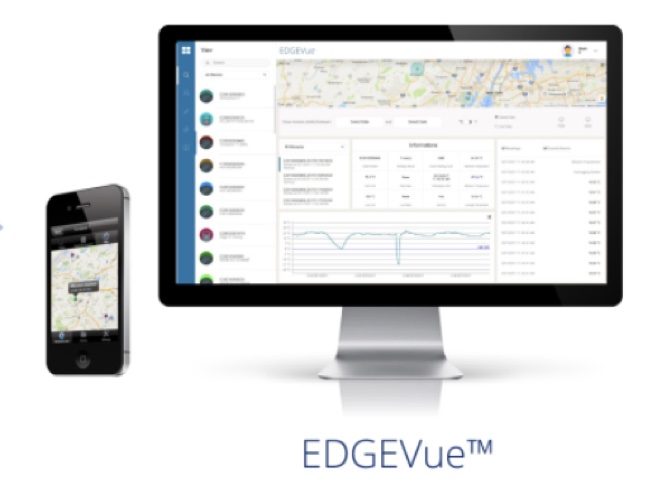
The EDGEVue mobile and web applications allow users fast and convenient on-demand access to temperature data. These two applications can make cold storage monitoring easier whether you are the meat company or EMS driver in the above examples, or anywhere else along the supply chain.
The Zebra temperature sensor equipment does not rely on a USB device that requires a computer connection, to access critical data. Bluetooth technology on your mobile devices is all that is required to connect with strategically placed temperature sensors for accurate data readings.
You Don’t Have to Do It The Old Way Anymore
Monitoring your cold temperature storage doesn’t have to be a complex or complicated process. You don’t need to use reams of paper and clunky binders to take down data points. You also don’t need to rely on inefficient USB equipment that requires a computer connection to view critical data points.
With Zebra’s cold temperature sensor technology and the infrastructure behind it, you can have access to your critical cold temperature data at any stage. It’s an easier more convenient system that is designed to protect your employees and customers while keeping the entire supply chain safer.
Download the case application – “Improve Food Delivery and Safety with the help of Zebra Electronic Temperature Sensors”
Download the case application – “Enhance Pharmaceutical and Medical Device Compliance in Shipping and Storage”
For more information, visit www.imprint-e.com or contact us at (855)745-4464 or drop us an email at customer_service@imprint-e.com.
